
Use Doormats With Synthetic Fibres
Doormats made of natural fibres such as wicker can break down and become food for mites, mould, and fungus that then get tracked into your home with every new guest. Wash all mats weekly.

Avoid the Outdoors in the Morning
Not only do many people with allergies experience more sneezing and itching in the morning, but many trees release their pollen in the air at first light, and ragweed pollen tends to fly most thickly at midday-when it’ll stick to your clothes and get carried indoors. If you want to work out, do it later in the day.

Change Your Clothes and Shower When You Come in
Even if you don’t feel dirty, pollen clings to your hair and clothes where it can easily irritate your nose and eyes, and contribute to indoor air pollution. Don’t have time for quick rinse? At least wash your hands to remove lingering pollen, especially before making contact with food or your face.
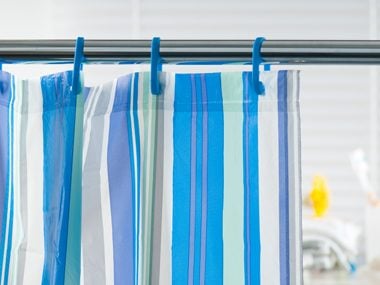
Wash the Shower Curtain Every Month
Or use cheap shower liners that you can replace every couple of months. To help stop mould growth in your bathroom, always run the exhaust fan or open a window or door when using the shower to help keep surfaces dry. Another option is to run a small portable fan (away from water sources) during and after showers. Also, check to see that the vent on the outside of your house where the exhaust exits isn’t blocked by leaves.

Give Stuffed Toys a Deep Freeze
That teddy bear could be riddled with dust mites! Regularly slip stuffed toys into a freezer bag and let them chill for 3 to 5 hours. The cold will kill any dust mites that could contribute to indoor air pollution.
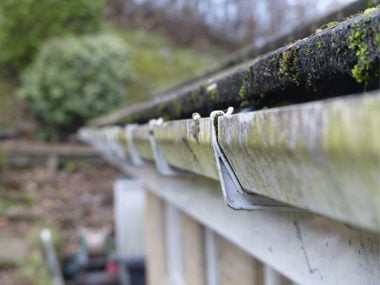
Make Sure Your Gutters Aren’t Clogged
Clogged gutters can result in water seeping into the house, leading to mould growth, which can exacerbate allergies. Next time it rains, check your gutters. If you see water leaking out of end caps, flowing on the outside, or dripping behind them, it’s time to get out the ladder.
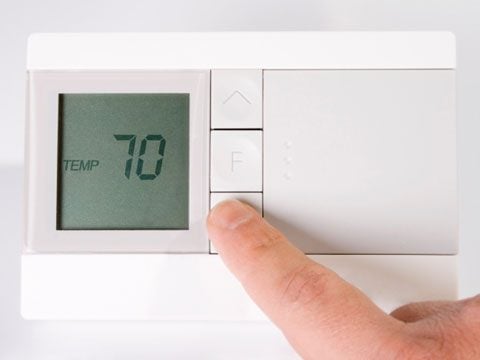
Keep Your Thermostat Set Above 18°C in the Winter
If you set it too low, you’re encouraging the growth of mould in damp air. The heat dries out the air, preventing mould growth and pollution. Of course, too-dry air can also irritate your lungs and sinuses. The perfect humidity in a home is around 50 percent.

Make Sure Your Dryer Vent is Vented Outside
For every load of laundry you dry, 20 pounds of moisture has to go somewhere! If your dryer is vented to the garage or basement, you’re just asking for mould buildup.

Keep Your Pets Clean
Just like you take off your shoes, always make sure to wipe off your pet’s paws when they come in from being outdoors. Towelling off their coat can also help prevent the spread of pollen indoors. You can also try giving them frequent water baths to help dissolve the natural, allergy-causing substances in their sweat and skin that spread to their fur.

Water Indoor Plants Sparingly
Overwatering can contribute to the growth of mould, and any water that leaks on to the floor is inviting mould growth as well. Put pebbles on top of the dirt to discourage mould spores from getting into and polluting the air.
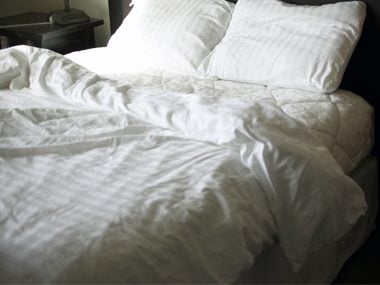
Wash Your Bedding in Very Hot Water Every Week
It’s the best way to kill those pesky microscopic dust mites that love your bed even more than you do, and add to the air pollution in your bedroom and home.

De-Clutter the Right Way
Do this regularly: Throw out or give away coats and other clothing you haven’t used in the past year. Put sports equipment in the garage or basement where it belongs. Slip shoes into hanging shoe bags. When you finish, you should be able to see all your closets’ floors and back walls. Now give everything a good vacuum and you’ll have significantly reduced the amount of dust in your house and cut down on your indoor air pollution.
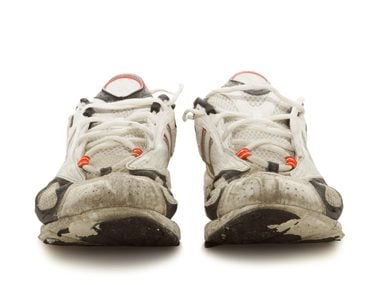
Leave Shoes by the Door
Mud isn’t the only thing you’re tracking into your home: wearing your shoes inside carries dust, mould, and pollen to every room in your house. Parking your shoes by the door not only keeps your floors looking clean, but also reduces indoor air pollution.
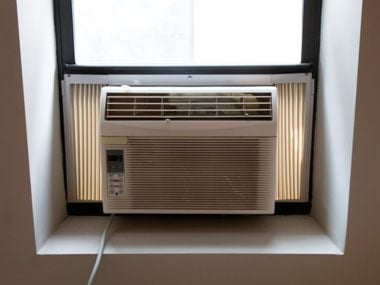
Turn on the AC
Air conditioners remove mould-friendly moisture and filter allergens entering the house. Just make sure to clean or change the filters often or you’ll just make things worse.
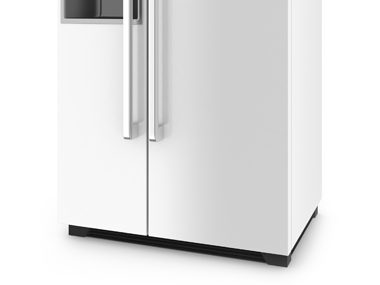
Clean the Tray Under the Fridge
The tray is a veritable mould magnet. Adding salt reduces the growth of mould and bacteria. Also, clean under the refrigerator occasionally; food can become trapped there, become mouldy, and the mould spores are blown into the kitchen air every time the compressor kicks in.